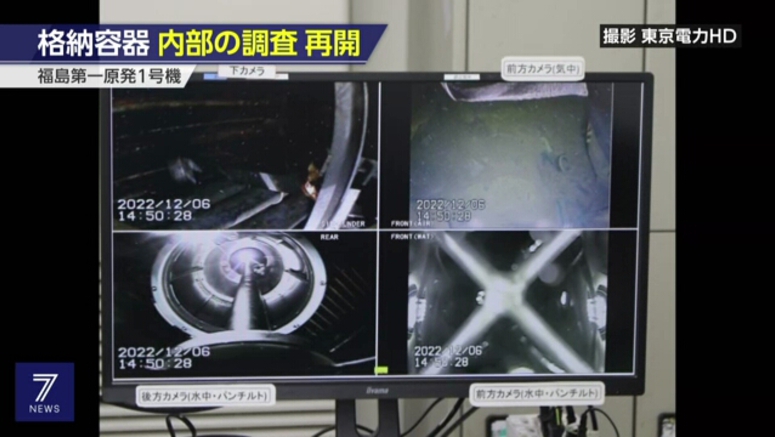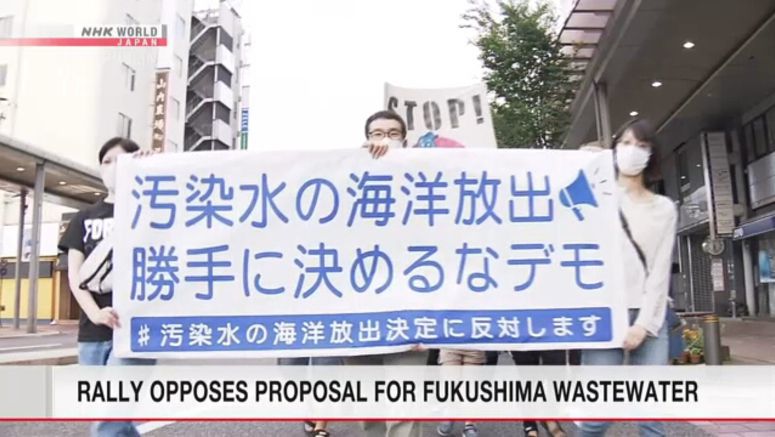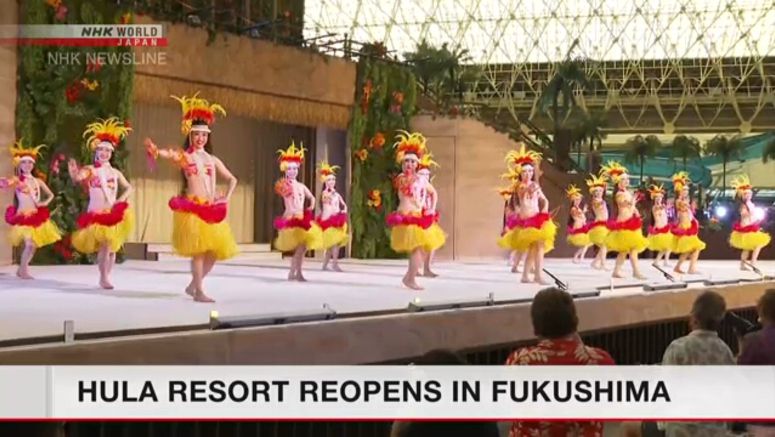Reuse Of Decontaminated Soil To Be Tested Outside Fukushima
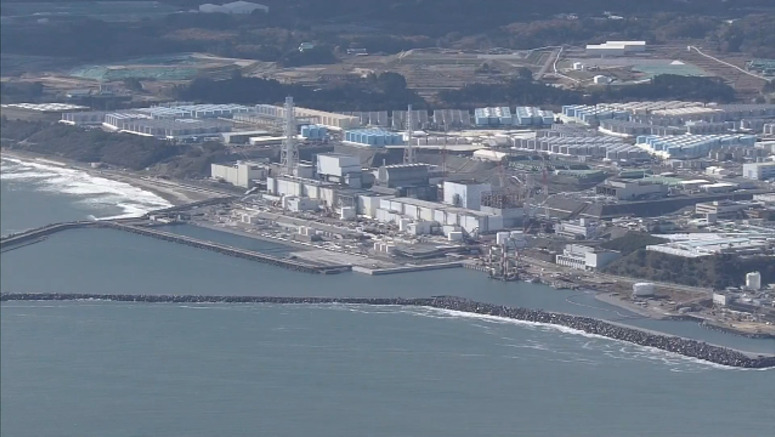
Japan's Environment Ministry is planning its first trial outside Fukushima Prefecture on the reuse of soil that was decontaminated after the 2011 nuclear accident.
The ministry says the demonstration will take place at the National Environmental Research and Training Institute in Saitama Prefecture, near Tokyo.
- Published in News
- Read more...
Fukushima Reactor One Step Closer To Fuel Removal
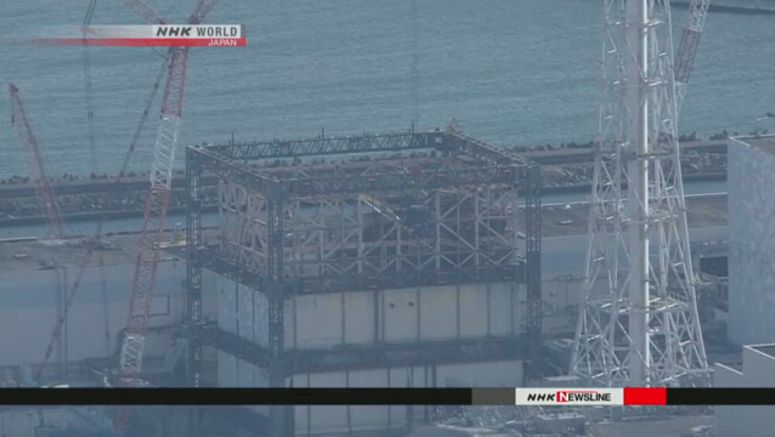
The operator of the crippled Fukushima Daiichi nuclear power plant has finished work to prevent large debris from falling into a fuel storage pool in the No.1 reactor building.
Tokyo Electric Power Company on Thursday released footage showing precautions it had taken to keep a broken crane from falling into the pool.
- Published in News
- Read more...
Wood Incinerator Completed At Fukushima Daiichi
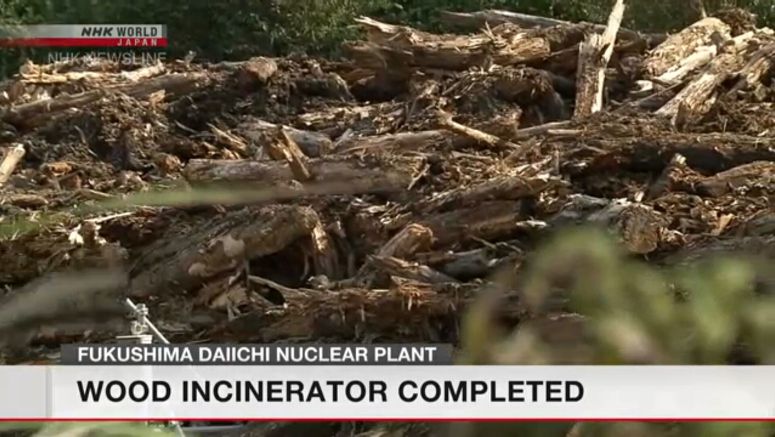
An incineration facility to dispose of wood contaminated with radioactive substances has been completed at the Fukushima Daiichi nuclear power plant.
The 2011 nuclear accident at the plant led to the dispersal of radioactive substances, contaminating the reactor buildings as well as other buildings and roads at the facility.
- Published in News
- Read more...
High Court Upholds Fukushima Damages Ruling
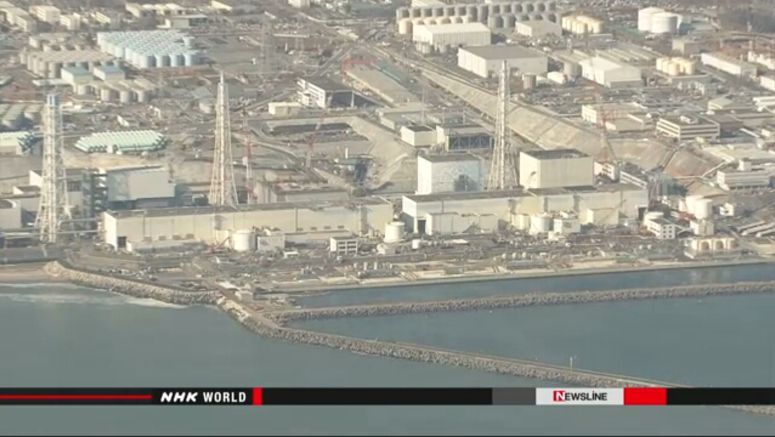
A Japanese high court has upheld a lower court ruling that ordered the government and the operator of the Fukushima Daiichi nuclear power plant to pay compensation to those affected by the 2011 nuclear accident triggered by a tsunami.
The ruling is the first issued by an appellate court making the state accountable in lawsuits related to the nuclear accident.
- Published in News
- Read more...
Tepco: 11m Seawall Completed At Fukushima Plant
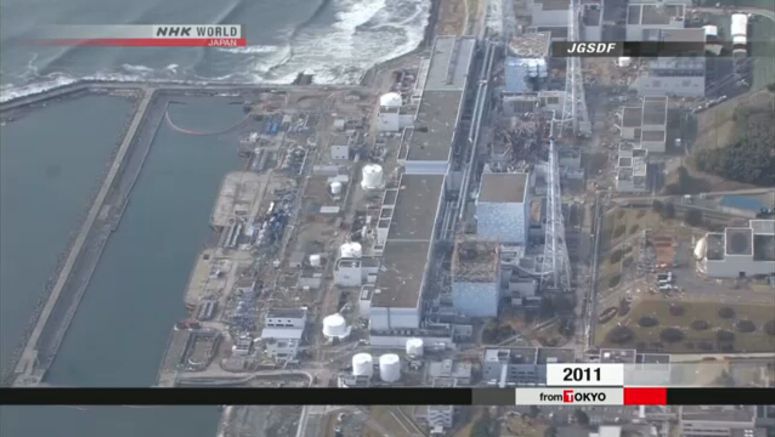
The operator of the damaged Fukushima Daiichi nuclear power plant says it has completed an 11-meter-high seawall to protect the facility from tsunami waves.
Tokyo Electric Power Company, or TEPCO, erected the barrier based on a government panel warning three years ago. It said that a mega-quake along the Chishima Trench, beneath the sea near northern Japan, could cause a tsunami to hit the compound.
- Published in News
- Read more...
Suga Visits Fukushima Prefecture
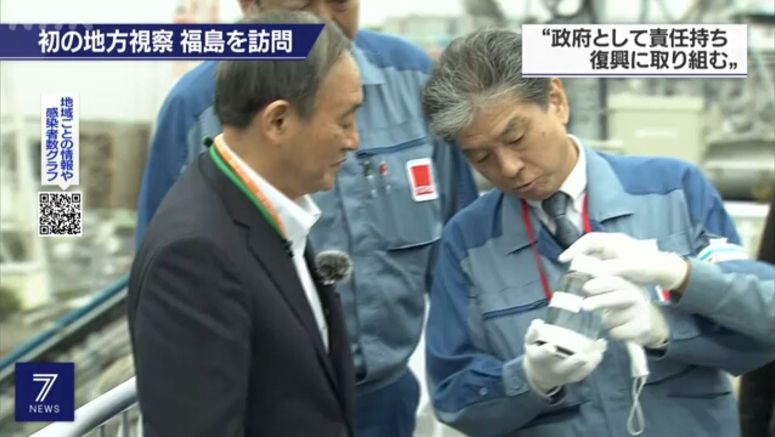
Japan's Prime Minister Suga Yoshihide has vowed that the government will do its utmost to support the recovery of the areas hit hard by the 2011 earthquake and tsunami.
Suga visited Fukushima Prefecture on Saturday to inspect the crippled Fukushima Daiichi nuclear power plant and other sites. It was his first regional visit since assuming the post.
- Published in News
- Read more...
S.korea Concerned About Fukushima Waste Water
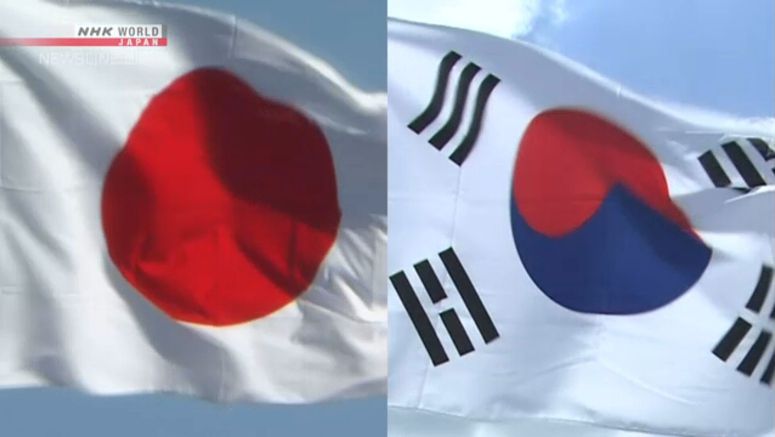
South Korea has again expressed its concerns about Japan's plan to release into the sea radioactive wastewater building up at the crippled Fukushima Daiichi nuclear plant.
The first vice minister of South Korea's science ministry Jeong Byungseon was speaking at a general meeting of the International Atomic Energy Agency in Vienna on Tuesday.
- Published in News
- Read more...
Museum On Nuclear Accident Opens In Fukushima

The first public museum which seeks to pass along the legacies of the 2011 nuclear accident opens on Sunday in Fukushima Prefecture, northeastern Japan.
The Great East Japan Earthquake and Nuclear Disaster Memorial Museum is located in Futaba Town, where an evacuation advisory was partially lifted in March.
- Published in News
- Read more...
16-meter Seawall Planned For Fukushima Daiichi
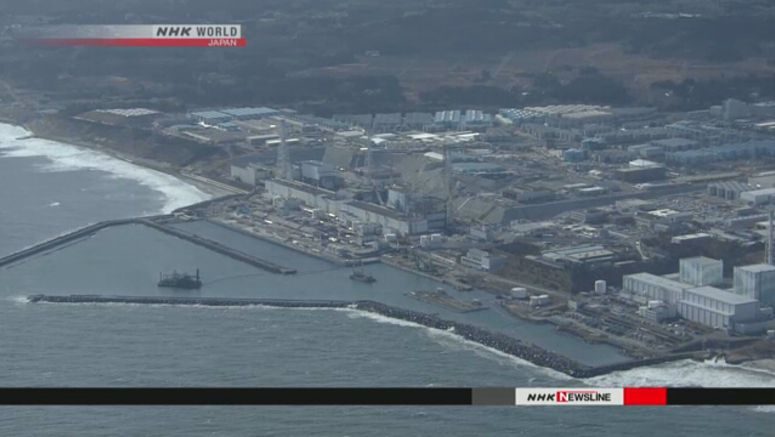
The operator of the damaged nuclear power plant in Fukushima, northeastern Japan, plans to build a taller seawall to help protect against future high seismic sea waves.
The move comes in response to the projection made in April by a government panel on the scale of tsunami that could be triggered by a massive quake along the Japan Trench in the deep sea off northeastern Japan.
- Published in News
- Read more...
Many Fukushima Evacuees Die Away From Home
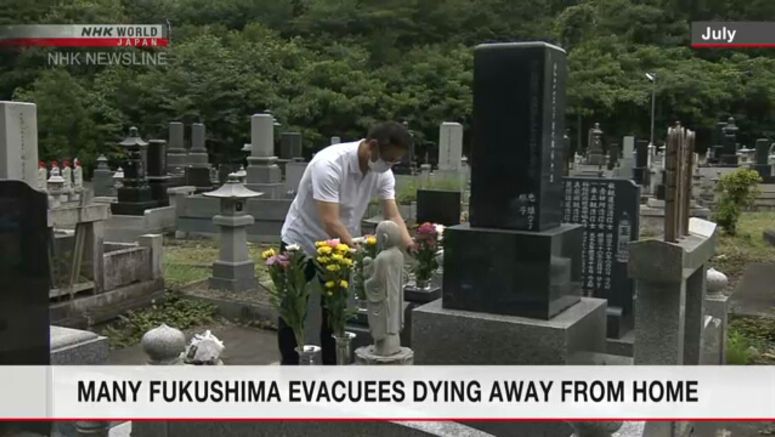
NHK has learned that more than 2,600 people have died over the ensuing years after being evacuated from their hometowns following the meltdowns at the Fukushima Daiichi nuclear power plant in March 2011.
NHK contacted local governments in Fukushima Prefecture and found that at least 2,670 people, about 10 percent of the original population, had died as of August. More than 26,500 people lived in seven municipalities near the plant. Where they lived have been designated no-entry zones for nearly nine and a half years because radiation levels remain high.
- Published in News
- Read more...
Fukushima Daiichi Buildings Pose Safety Risks
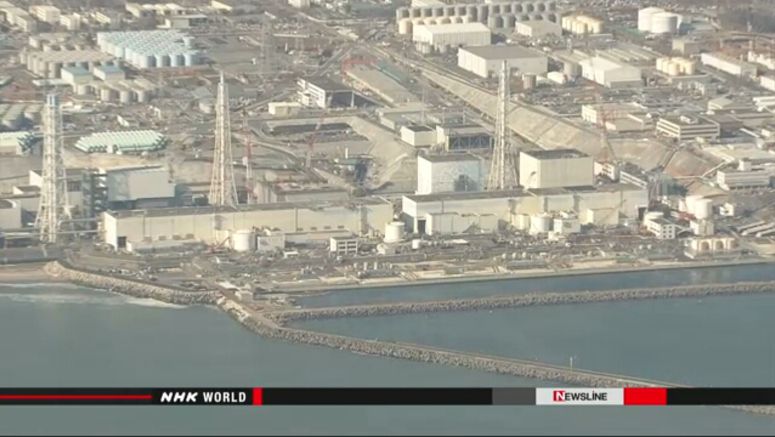
Tokyo Electric Power Company plans to draw up safety measures for workers after finding that some of the buildings at the Fukushima Daiichi nuclear plant are in bad condition due to the 2011 accident.
TEPCO on Monday reported to the Nuclear Regulation Authority the results of its survey of about 580 buildings in the compound.
- Published in News
- Read more...
